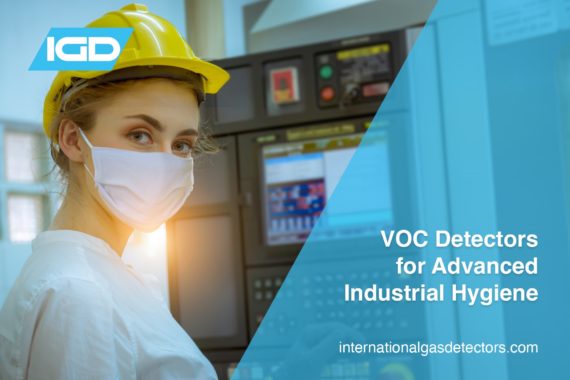In this article we debunk the common question of whether an O2 Gas Detector is a viable substitute for CO2 detectors in CO2 hazards. Click to find out more.
Ammmonia Gas Detectors for Refrigeration Plants
Large-scale refrigeration systems are an integral part of many industries, such as cold storage, petrochemical refining, and food processing. In such applications, Ammonia is the most common choice of refrigerant due to its effective physical properties and low freezing point, making it perfect for refrigeration uses. As ammonia is extremely dangerous to life and health at a concentration of 25ppm (8hrs) and 35ppm (15 minutes), it is critical for ammonia gas detectors to be used in such applications to maintain the safety of the plant and those in the vicinity.
Where Do I Need to Use an Ozone Gas Monitor?
Ozone (O3) is classically used as an oxidant and disinfectant in a lot of industries, although has a variety of other uses elsewhere. Thus, although a unique gas, it can be found in a wide range of industries. And with Ozone being a highly toxic gas, it is important to utilise an Ozone gas monitor wherever possible. If you are unsure whether Ozone is present in your industry or you are just curious as to where Ozone is present, read the article below. We discuss all of the above and our detectably better Ozone gas monitor solutions to help in preventing Ozone poisoning.
How Sputtering and Humidity Affects your PID Sensor
As a lot of our readers may have seen in our PID and VOC articles, we frequently mention the terms ‘sputtering’ and ‘humidity’ and their effects on a PID sensor. But what does sputtering mean? And how exactly do these have a negative effect on the performance of a PID? This article aims to answer these questions, detailing these issues and how IGD has managed to negate them from our PID sensors.
Utilising a Portable CO2 Detector for Delivery Drivers and Pub Engineers
Typically, people may think that a portable CO2 detector will only need to be utilised in drink creation and bottling. However, CO2 can be present throughout the process, from creation all the way to the shop front or pub. Thus, it is vital to implement a portable CO2 detector wherever it is present to prevent exposure to this hazardous gas. 2 very at risk yet sometimes not considered teams can include pub engineers and drinks delivery drivers. But how at risk really are these 2 teams? Well, this article aims to tackle this question. We will discuss where these teams may come into contact with CO2 and how essential it is for them to have a portable CO2 detector to prevent exposure.
Using PID Portables for Military Applications
Gas detection is provided in two formats: portable (such as the PID portable) and fixed. Understanding gas risks often requires a combination of the two, but there are applications in which only one will do. IGD’s multi-gas and PID portable is well suited for aspects of military applications which will be outlined in this article.
VOC Detectors for Advanced Industrial Hygiene
Volatile organic compounds (VOCs) are very widely used in industry and represent a significant hazard to human health. In this blog post, we take a look at what VOCs are, their role in industry, and the importance of VOC detectors for maintaining industrial hygiene.
What is Blue and Green Hydrogen?
Hydrogen is a clear, odourless and colourless gas. It is the most simple and abundant element in the world and can be used as a pure gas (H2) or combined with numerous other substances to form compounds- many of which we heavily rely on today…
There are so many processes and labels for hydrogen, so it can be confusing what they refer to. Hydrogen labelled by colour refers to the hydrogen production methods used. In this blog post, we will focus on blue and green hydrogen as these are the most renowned methods of producing hydrogen. However, hearing of grey, brown, yellow, turquoise, or even pink hydrogen is not uncommon.
Do I Need a CO2 Portable Detector For My Brewery?
CO2 is both an unavoidable byproduct of fermentation and a valuable additive in a range of alcoholic beverages. In this blog post, we explore the reasons that CO2 portable detectors should always be used in breweries.
Why is Hydrogen Gas Detection Becoming More Important?
Hydrogen (H2) has become a popular choice for use in the industrial sector in recent decades, but the demand for it has increased and looks set to continue. With high demand for hydrogen comes a need for more reliable and readily available hydrogen gas detection systems. In this post, we will discuss how hydrogen gas is used, the importance of hydrogen gas detection and what options are available.










